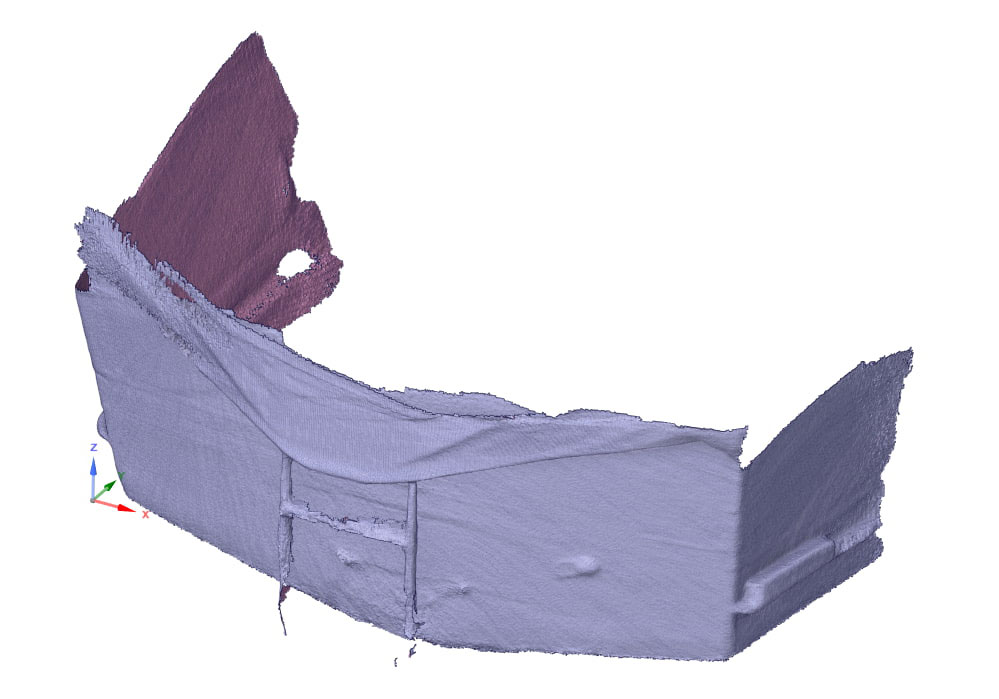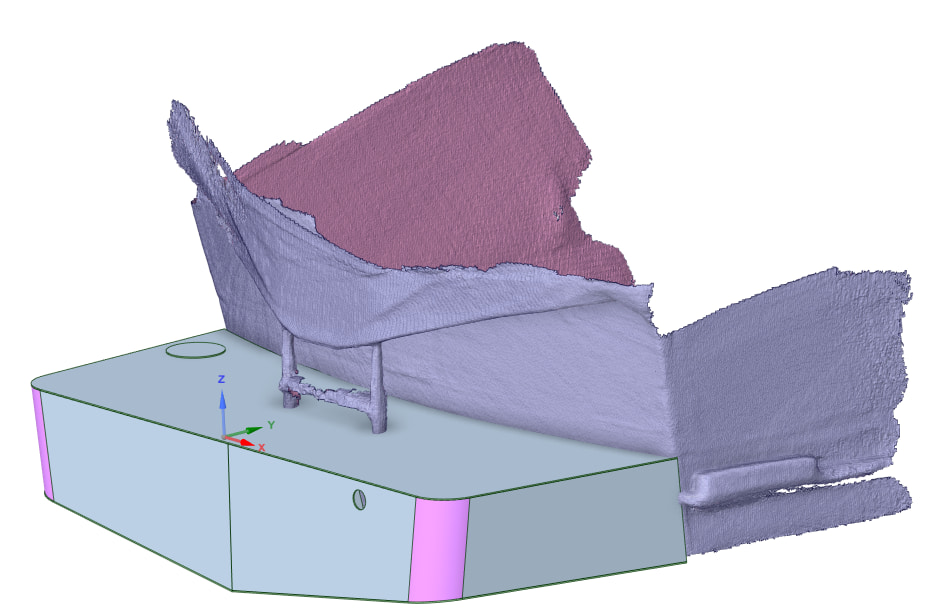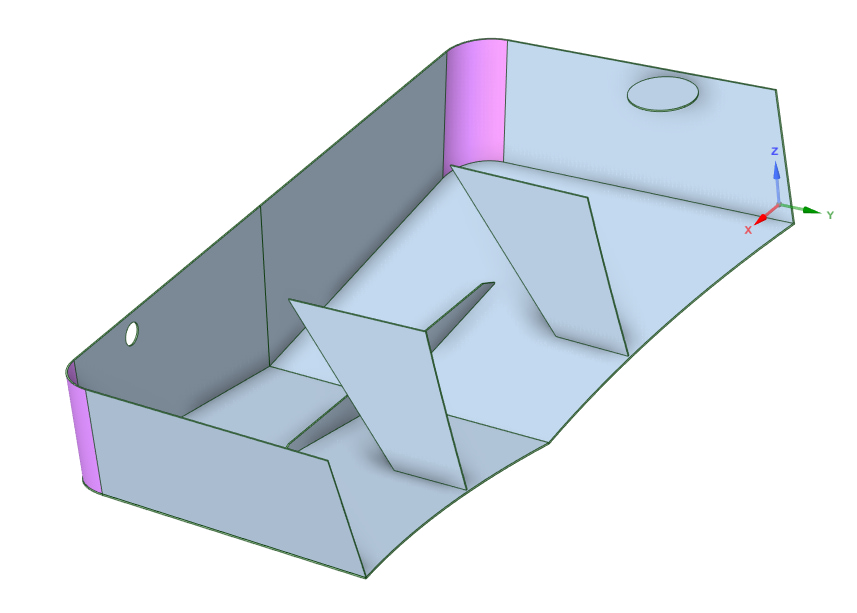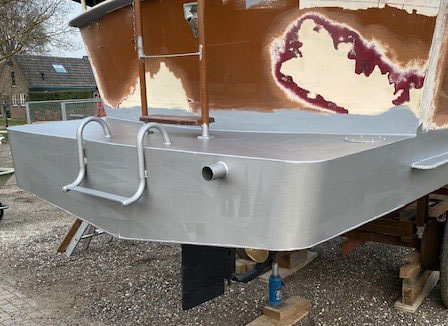-
-
Access Free Student Software
Ansys empowers the next generation of engineers
Students get free access to world-class simulation software.
-
Connect with Ansys Now!
Design your future
Connect with Ansys to explore how simulation can power your next breakthrough.
Countries & Regions
Free Trials
Products & Services
Learn
About
Back
Products & Services
Back
Learn
Ansys empowers the next generation of engineers
Students get free access to world-class simulation software.
Back
About
Design your future
Connect with Ansys to explore how simulation can power your next breakthrough.
Free Trials
ANSYS BLOG
June 11, 2021
Reverse Engineering with a Phone and SpaceClaim
If you need proof that 3D scanning, computer-aided design and manufacturing are being democratized, look no further than AESC B.V. The software provider and Ansys channel partner based in the Netherlands was founded in 2007 with the belief that many software solutions within the manufacturing industry are too complicated, difficult and expensive.
When a customer wanted to extend their boat with a rear platform that would provide some additional storage and allow them to easily get in and out of the water, AESC asked for some measurements so they could quickly create a model in Ansys SpaceClaim that could be laser cut.
Ansys SpaceClaim enables engineers to create 3D models, even if they don’t have the time or inclination to learn complex traditional CAD systems. They do, however, still need to know what the model’s measurements should be. However, measuring a boat, with its curves and angles, turned out to be a chore in and of itself. The customer called for help, and the answer was in an AESC employee’s pocket.
Sander van Doesburg, a Technical Consultant at AESC, recently upgraded to an iPhone 12 Pro, which is equipped with a depth-scanning lidar sensor. Among other things, the scanner is used by the devices’ Measure app and camera to provide more accurate measurements of objects. Various apps also make use of the lidar to create 3D scans.
Reverse Engineering from Scan to CAD Model
Sander and Devy van Dinteren, AESC’s Sales Manager, paid a visit to the customer and scanned the rear of the boat with the iPhone, making a suitable scan in about five minutes. The measurements from the scan were not accurate to the millimeter, but they were sufficient for the boat platform project.
Devy opened the scan in SpaceClaim to quickly reverse engineer the rear of the boat so he could design the extension platform. SpaceClaim makes it easy to edit, repair and create various geometries. For the platform, he aligned the boat scan (figure 1), drew sheet metal against the back of the boat and extended it (figure 2).
 Figure 1: 3D scan made with a phone
Figure 1: 3D scan made with a phone
 Figure 2: 3D model created in Ansys SpaceClaim and joined to the 3D scan
Figure 2: 3D model created in Ansys SpaceClaim and joined to the 3D scan
He designed the bottom of the platform as two separate parts using 4-mm thick steel. The sides are also two separate parts, each sheet bending around to cover half the back of the platform (figure 3). The top plate is one part. To provide strength, he added three reinforcement plates inside the platform.
 Figure 3: Boat platform model created in Ansys SpaceClaim
Figure 3: Boat platform model created in Ansys SpaceClaim
With Ansys Discovery, the team at AESC was able to quickly determine if the gauge of sheet metal would withstand pressure from the water, along with the weight of people on it. Apply the force on the top and bottom of the design, and with the speed of Discovery, a solution was given in 15 seconds.
Figure 4. Exaggerated representation of displacement shown of the platform addition on the boat.
Sheet metal software was used to form the bends in the side pieces, enabling them to be easily created via a press brake. Each rounded corner consists of 12 small settlements that were engraved for the benefit of the press brake operator. Next, the DXF files were leveraged in SpaceClaim and prepared for nesting. An NC file was then ready for the manufacturing step.
Cutting, Grinding and Welding
After welding, a few millimeters had to be ground off the rounded corners to optimize the fit. Devy had consciously chosen to leave a little more material than needed during the design, knowing it is easier to grind something off than to add more on. This ultimately involved just a few millimeters of grinding.
With the platform extension added and the boat primed and ready for a fresh coat of paint, the customer will be back on the water in plenty of time to enjoy the summer.
 Figure 5: Manufactured platform, ready for finishing
Figure 5: Manufactured platform, ready for finishing
While not an overly complex design, the speed with which AESC was able to generate a 3D scan, design the custom-fit platform in SpaceClaim and then manufacture it would have been impossible just a few years ago.